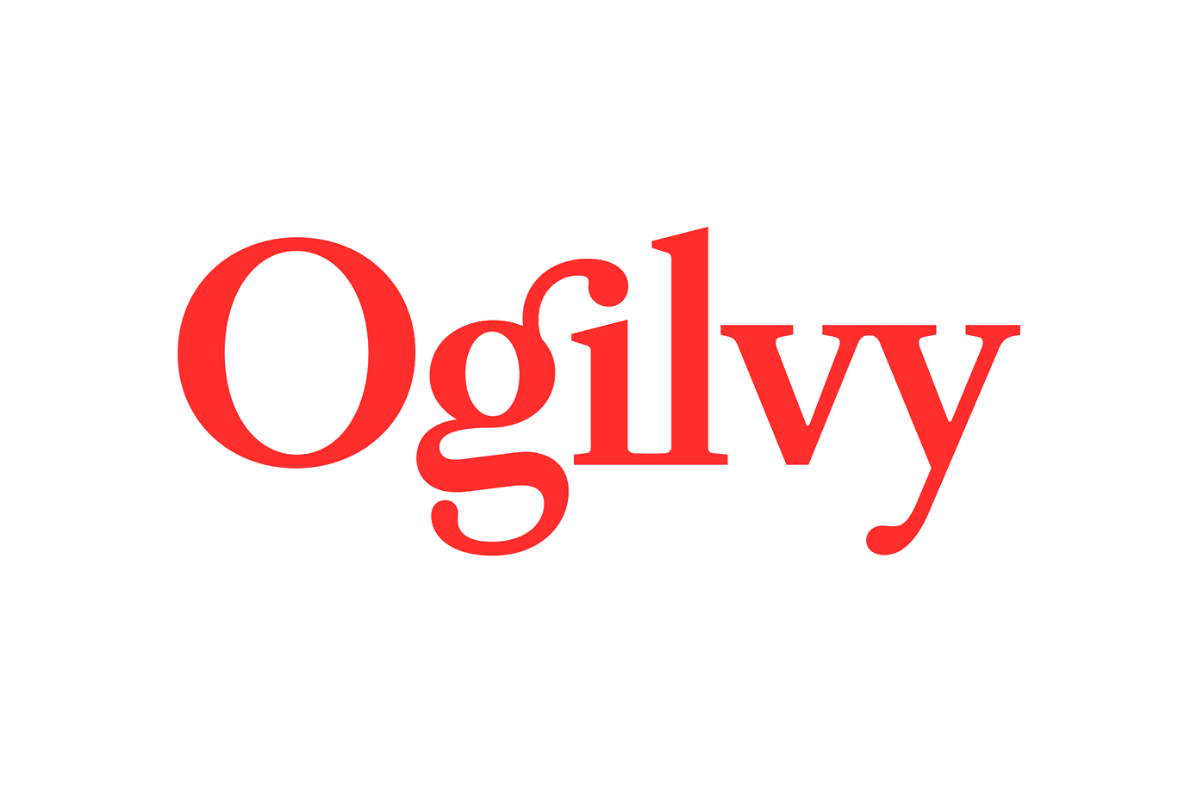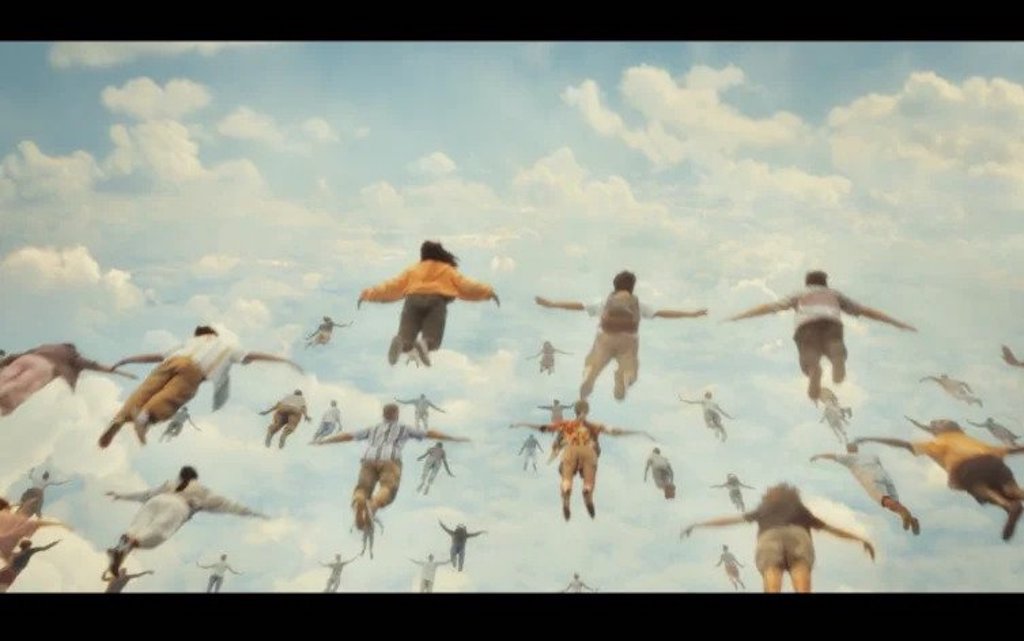“Bleisure” – the practice of combining business travel and leisure travel into one trip – is growing significantly, according to Expedia.
Recent research by the travel technology company found that, on average, 60% of business trips from China, Germany, India, the UK and the US turned into bleisure trips.
This represents nearly a 40% uptick in the trend since 2016, when an older Expedia study found just 43% of US business trips were converted into bleisure trips.
Across all five surveyed markets, business travellers take at least six business trips per year and extend their trips by an additional 2.9 days for leisure on average, on top of an average of 3.9 days for work.

“If you look at conferences, sometimes they are planned three, five years in advance,”Gianluca Armando, APAC director of Group Media Solutions at Expedia, told a recent Singapore travel conference.
“So there is a huge opportunity for the travel industry to strategise about marketing to this segment of travellers,” he said.
And there’s good reason to do so: bleisure drives spend. According to the study, over half of bleisure travellers spend an equivalent amount – or more – on a trip for bleisure, compared to a leisure trip.
The bulk of spend, as one would expect, goes to hotels (32%), airfares (19%) and dining (16%). But travellers also spend on transport (6%), souvenirs (6%), and activities in the city, such as recreation passes (4%), plays and musicals (4%), guided tours (3%), museum passes (3%) and sporting events (3%).

For marketers, it’s important to understand that most bleisure travellers spend much less time – about one to five hours – on research for their bleisure trip, compared to the time for researching a leisure trip.
“This is completely different from travellers where they are preparing or planning a holiday for a leisure vacation,” said Armando. Marketers need to be smart and effective with their message through “targeting and clear calls to action”.
source: /www.warc.com
MARKETING Magazine is not responsible for the content of external sites.










